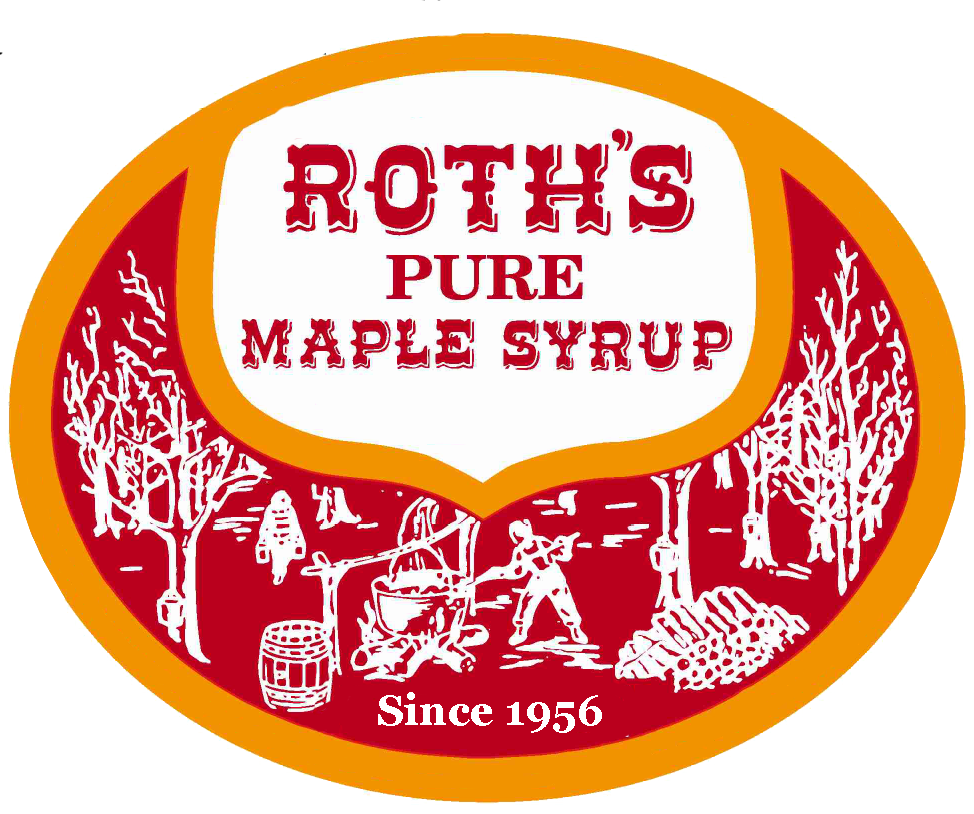

|
| |
|
|
 Nutritional Information
Nutritional Information

|
|
|
Nutritional Facts
Maple syrup is similar to other syrups in food value. It contains 85% carbohydrates, which supply a great part of your bodies energy needs. One
tablespoon of maple syrup contains 50 calories and gives 5% of your needed daily iron requirements. Please refer to the Nutritional facts listed below.
Syrup Info and Uses
Our pure and natural maple syrup is made form the sap of the sugar maple tree. Approximately 40 gallons of sap is needed to make one gallon of pure maple syrup.
The procedure is long and hard, but well worth the sweet outcome. Sap is collected from the maple trees in the spring and is then boiled until it reaches the proper
density. Then and only then is it the Pure Maple Syrup that we all know and love. Only hard work and a lot of time are added to the sap to make maple syrup. This is
truly a great gift that nature has given all of us to enjoy.
Maple syrup tastes great on pancakes, French toast, and waffles of course, but it also makes a great addition to grapefruit, hot cereal, granola, plain yogurt, squash
or sweet potatoes. It is a great glaze for meats or vegetables. Our personal favorite here at Anderson's is to put some maple syrup on Ice Cream or in Milk Shakes.
The uses for this wonderful product of nature are only limited by your imagination.
Chemistry of Pure Maple Syrup
Pure maple syrup consists primarily of sugars-90 to 100% sucrose and 0 to 10% glucose. Other chemical components of maple syrup include amino acids, proteins, organic
acids and trace levels of vitamins. The caloric content of maple syrup at standard density is 40 calories per tablespoon. However, a large amount of mineral material
has been found dissolved in maple syrup with potassium and calcium being the most prevalent.
Maple sap is concentrated by heat to develop a grade of syrup with a characteristic color and flavor. The most important factor affecting syrup volume production is sap
sugar concentration. All sugar makers are aware of the Jones' Rule of 87: if the sap concentration of sugar is 1%, then 87 gallons (391 liters) of sap are needed to make
one gallon (4.55 liters) of syrup. For example, at 2% sap sweetness, only 43 gallons (162 liters) are needed to make a gallon (4.55 liters) of syrup. The sweeter the sap,
the more volume of syrup can be produced and less fuel and time will be necessary for sap processing. Sugarbush management to increase the average sugar content of the
sugarbush pays off directly to the producer in savings elsewhere.
All maple syrup is required to be finished to the same minimum density-66.0° Brix at 68°F (Federal US and Canadian law). Some states, like Vermont, require higher density
(66.0° Brix at 60°F). If syrup is too thin, it spoils quickly during storage. If syrup is too thick, sucrose crystals slowly precipitate and settle to the bottom of the
container. Accordingly the producer loses profit due to decreased volume, while the consumer does not get full value of the sugar produced.
Analysis of Maple Syrup
Mean value per 100.00 grams edible part; 0.0% refuse
Portions: 1 TBSP = 20.00 gm, 1 C = 315.00 gm
0.7% Cals from fat, 0.0% Cals from protein, 99.3% Cals from carbs.
|
|
|
|